
DUBAI- Emirates (EK) has significantly scaled back its Airbus A380 operations to the United States, concentrating superjumbo deployments on high-demand routes.
Once connecting multiple US airports with the world’s largest passenger aircraft, the airline now limits its A380 services to just five cities.
These changes reflect shifting demand, airport capabilities, and economic efficiency on long-haul routes from Dubai International Airport (DXB).
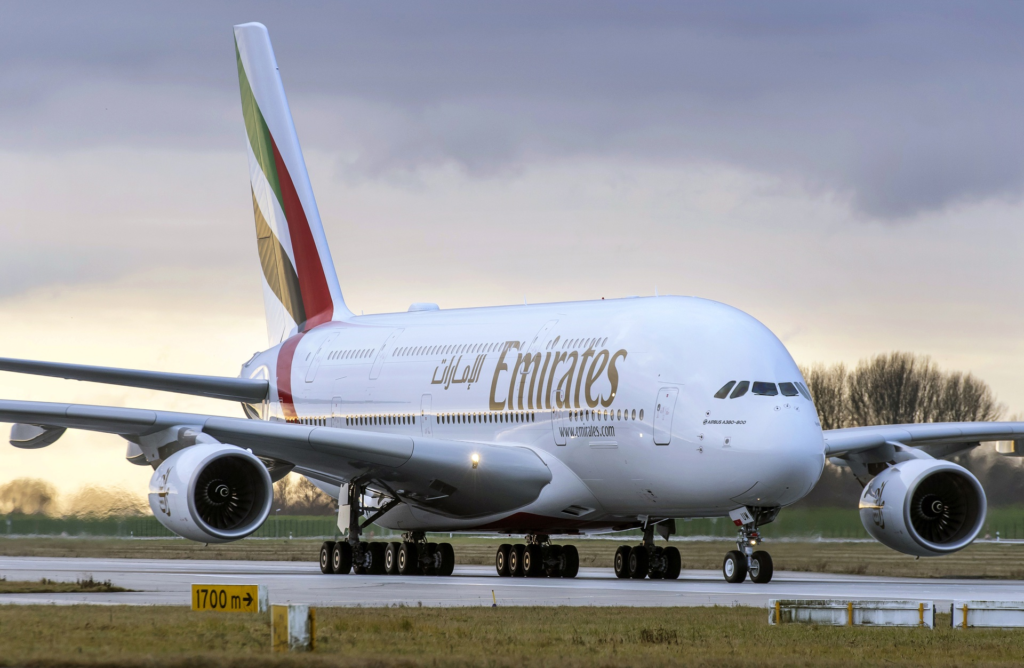 Photo: Emirates
Photo: EmiratesEmirates Ends A380 Flights
Emirates first introduced the Airbus A380 to the US market in 2008. Over time, its A380 network expanded across several US gateways.
As of now, the airline continues to operate the aircraft to New York JFK (JFK), Los Angeles (LAX), San Francisco (SFO), Houston Intercontinental (IAH), and Washington Dulles (IAD). New York sees the most A380 activity with up to 3 daily flights.
However, the airline has withdrawn A380 operations from four US airports:
- Boston Logan International (BOS)
- Dallas/Fort Worth International (DFW)
- Chicago O’Hare International (ORD)
- Orlando International Airport (MCO)
While Boston and Dallas hosted regular A380 services, Chicago and Orlando only saw one-off flights for promotional or testing purposes.
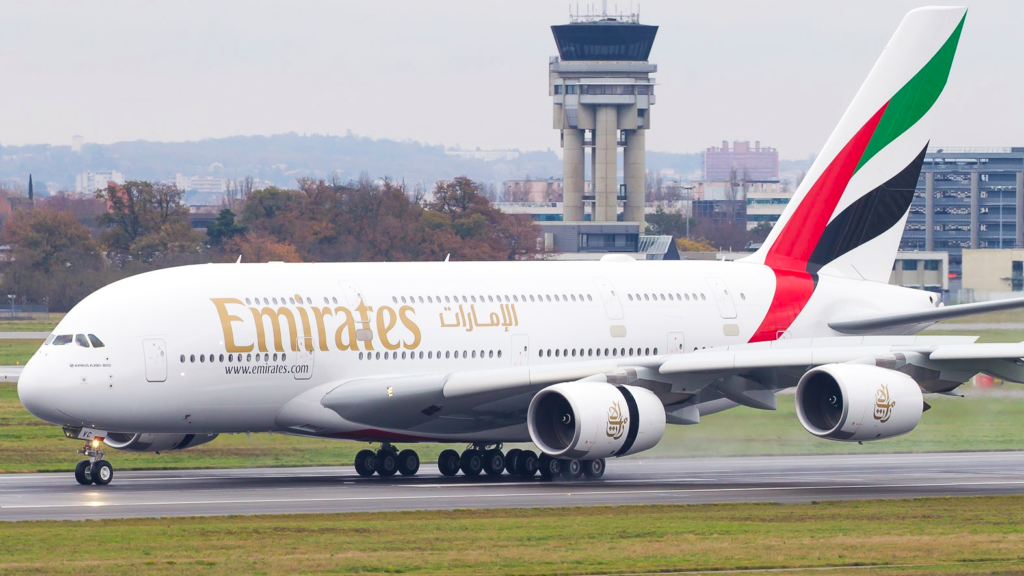 Emirates Airbus A380 | Photo: Clément Alloing
Emirates Airbus A380 | Photo: Clément AlloingDallas/Fort Worth
Emirates launched A380 service to Dallas-Fort Worth in October 2014, replacing the Boeing 777-200LR on the route.
This upgrade offered 446 more daily seats, but load factors dropped. US Department of Transportation (DOT) data revealed that the average seat occupancy declined from 84% (when the 777 operated) to 66% with the A380.
Seven months during the A380’s operation saw seat loads under 60%, leading to the service ending in February 2016. Emirates has since returned to using smaller aircraft like the 777, which offer better route economics.
Other A380 operators at DFW included British Airways (BA) and Qantas (QF), with the latter planning a return in August 2025.
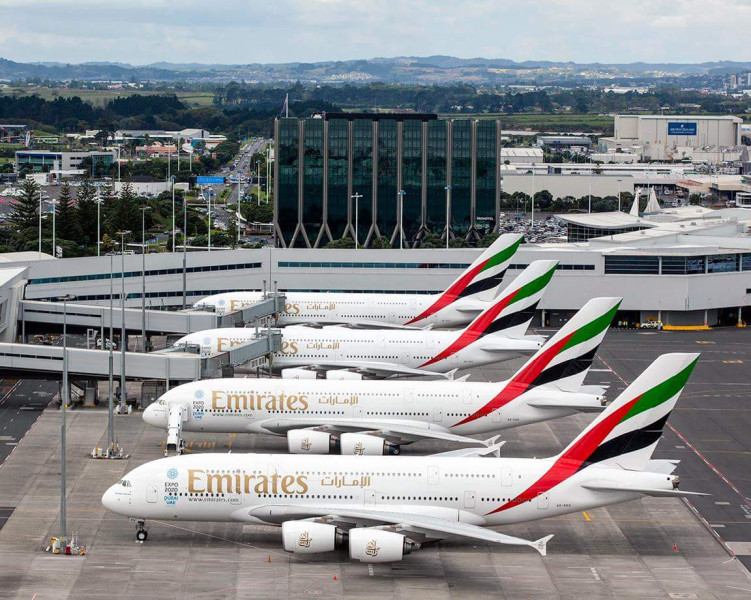 Photo: Emirates
Photo: EmiratesBoston
Boston received its first Emirates A380 in January 2017 for infrastructure testing, with regular service beginning in June 2019.
The A380 replaced the 777-300ER, and despite the 34% increase in capacity, the route maintained an 87% load factor.
This high performance wasn’t enough to maintain the superjumbo after January 2020. The onset of the pandemic and suboptimal revenue per seat mile likely led to the discontinuation.
According to Simple Flying, the cost of operating an A380 on routes with thin premium traffic or seasonal variability often outweighs its benefits.
British Airways and Lufthansa have since continued A380 summer services to BOS.
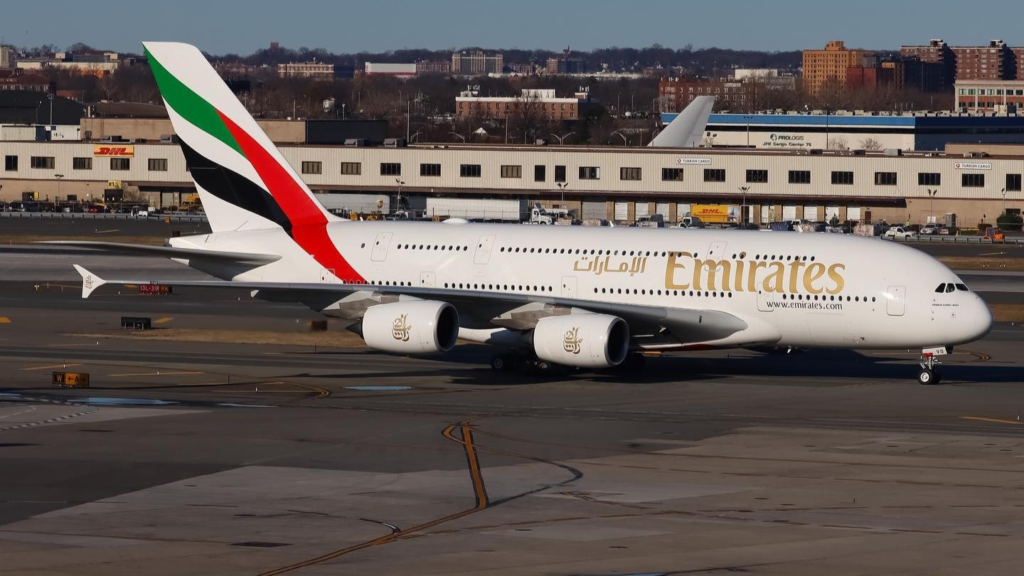 Photo: JFK Spotting
Photo: JFK SpottingOrlando and Chicago
Orlando saw an Emirates A380 just once, on September 1, 2015, to mark the launch of the Dubai route. All subsequent services reverted to Boeing 777 aircraft.
Similarly, Emirates sent an A380 to Chicago O’Hare on July 19, 2016, for infrastructure testing. Regular service to ORD remains on the 777-300ER with no plans to reintroduce the A380. Chicago and Orlando no longer have any scheduled A380 service from any airline.
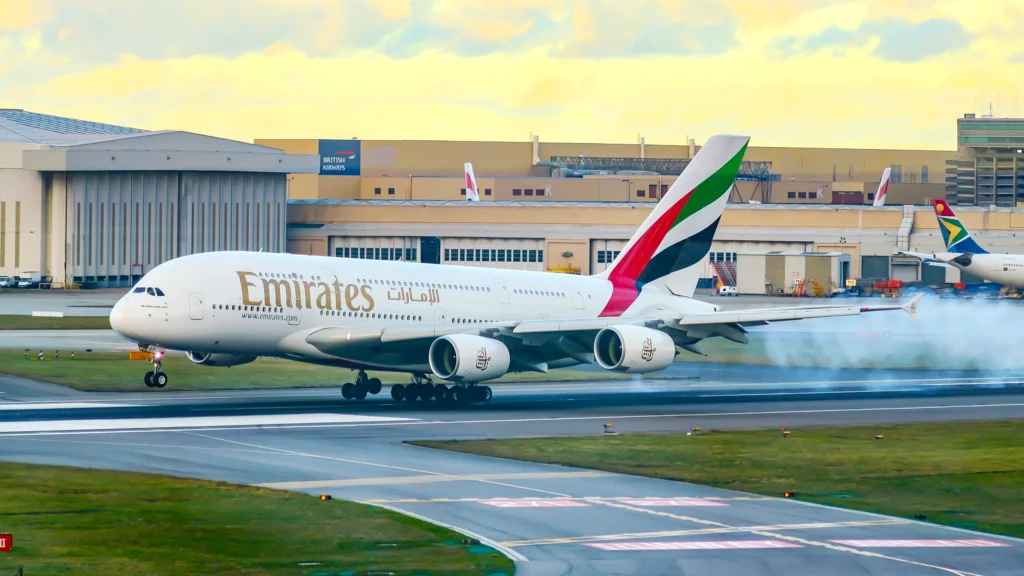 Photo: By Mitchul Hope – Emirates | A6-EOT | Airbus A380-841 | London Heathrow Airport (LHR/EGLL), CC BY-SA 2.0, https://commons.wikimedia.org/w/index.php?curid=129305856
Photo: By Mitchul Hope – Emirates | A6-EOT | Airbus A380-841 | London Heathrow Airport (LHR/EGLL), CC BY-SA 2.0, https://commons.wikimedia.org/w/index.php?curid=129305856Evolving US A380 Landscape
As of 2025, Emirates reserves its A380s for high-demand and high-yield markets. The airline’s strategy reflects wider industry trends favoring smaller, fuel-efficient twinjets over four-engine aircraft, especially post-pandemic.
The move underscores the importance of aligning capacity with route performance.
Stay tuned with us. Further, follow us on social media for the latest updates.
Join us on Telegram Group for the Latest Aviation Updates. Subsequently, follow us on Google News
Emirates Suspends One of its Daily 777 Flights to this Australian City
The post Emirates Ended A380 Flights to These 4 Popular US Cities, Why? appeared first on Aviation A2Z.















